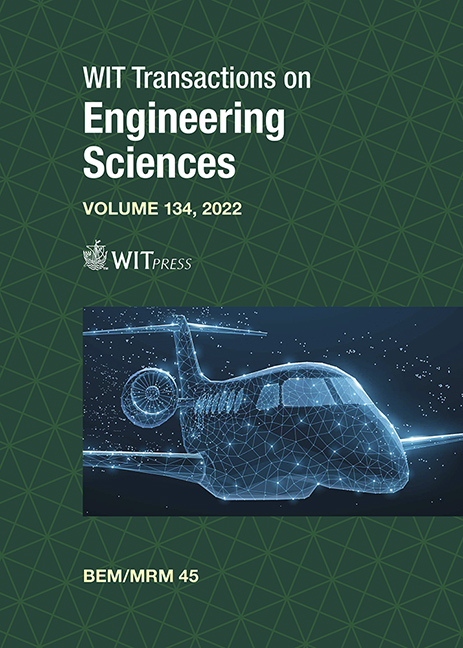FINITE LINE METHOD FOR SOLVING CONVECTION–DIFFUSION EQUATIONS
Price
Free (open access)
Transaction
Volume
134
Pages
10
Page Range
45 - 54
Published
2022
Paper DOI
10.2495/BE450041
Copyright
Author(s)
XIAO-WEI GAO, HUA-YU LIU, JING-XING DING
Abstract
In this paper, a creative collocation-type numerical method, the Finite Line Method (FLM), is proposed for solving general convection–diffusion equations. The method is based on the use of a finite number of lines crossing each collocation point, and the Lagrange polynomial interpolation formulation to construct the shape functions over each line. The directional derivative technique is proposed to derive the first-order partial derivatives of any physical variables with respect to the global coordinates for the high-dimensional problems from the lines’ ones and the high-order derivatives are evaluated from a recurrence formulation. The derived spatial partial derivatives are directly substituted into the governing partial differential equations and related boundary conditions of the convection–diffusion equations to set up the system of equations. The finite number of lines crossing each collocation point is called the line set. To evaluate the convection and diffusion terms accurately, two different line sets are used for these two terms, which are called the convection line set and central line set, respectively. The former is formed according to the velocity direction and is used for performing the upwind scheme in the computation of the convection term, and the latter is formed by the crossed lines including the collocation point at the center. A numerical example will be given to verify the correctness and stability of the proposed method.
Keywords
finite line method, cross-line method, free element method, mesh free method, convection–diffusion equation





